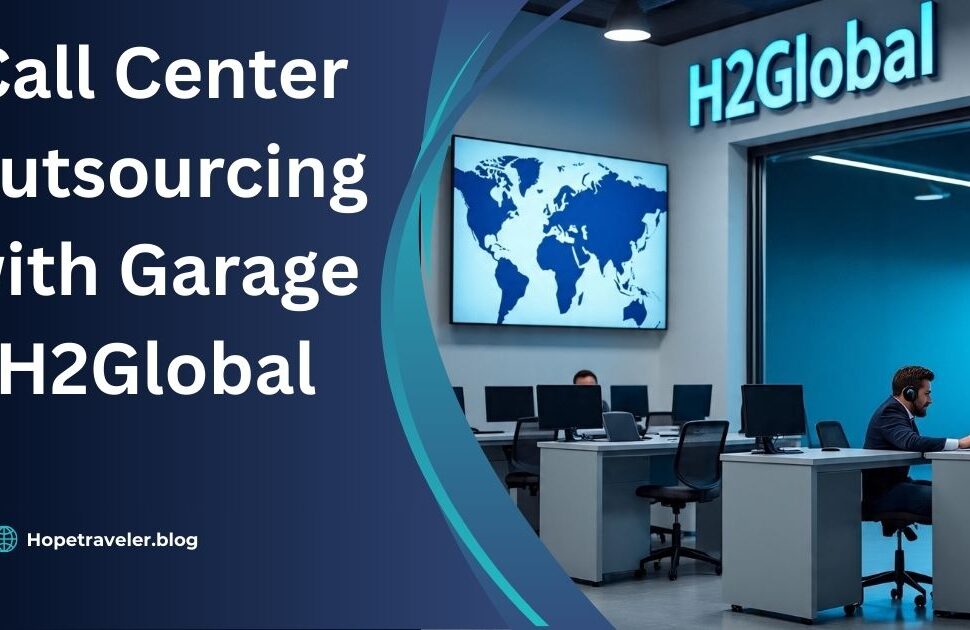Introduction
“HMS Photovoltaik” is a term commonly used in German-speaking solar markets to describe a Home (or Household) Management System tailored for photovoltaic (PV) installations. In plain English, it’s the brain that coordinates how your solar panels, inverter, batteries, electric vehicle (EV) charger, heat pump, and household appliances work together. While PV modules generate electricity from sunlight—see the general concept in Wikipedia: Photovoltaics—an HMS adds intelligence on top: monitoring, automation, optimization, and safety. This article explains what an HMS is, how it fits into a PV system, key features to look for, common architectures, integration patterns, and practical tips for homeowners and small businesses.
Where HMS Fits in a PV System
A typical residential PV system includes solar panels, an inverter (string, hybrid, or microinverters), optional battery storage, and the home’s electrical distribution board. The HMS sits at the control and data layer:
- Sensing: It gathers live data from energy meters (at the grid connection point), from the inverter (DC/AC conversion status), from the battery management system (state of charge, charge/discharge rates), and from loads like EV chargers or heat pumps.
- Deciding: Based on tariffs, weather forecasts (if available), user preferences, and device states, the HMS chooses when to charge the battery, when to export to the grid, and when to schedule flexible loads.
- Acting: It issues control commands—e.g., “start EV charging at 6 A now because there’s surplus solar,” or “pre-heat water while solar output is high.”
By closing this loop, the HMS maximizes self-consumption, reduces electricity bills, and can increase the lifetime value of the PV and storage assets.
Core Functions and Features
A robust HMS for photovoltaics typically includes the following capabilities:
1) Real-Time Monitoring and Dashboards
High-resolution monitoring is fundamental. Users should see PV generation, home consumption, battery charge level, grid import/export, and per-device usage (if sub-metered). Good dashboards visualize trends by hour/day/month and highlight where energy is going. Alerts (e.g., inverter fault, abnormal standby consumption) help maintain system health.
2) Self-Consumption Optimization
The HMS attempts to consume solar power locally rather than exporting it at low feed-in rates. It does so by:
- Scheduling flexible loads (dishwashers, washing machines, dryers) during peak solar hours.
- Modulating EV charging current dynamically to “soak up” surplus PV.
- Pre-heating or pre-cooling with heat pumps during mid-day sun to reduce evening grid demand.
3) Battery Management and Tariff Awareness
With storage, the HMS optimizes charge/discharge cycles. If on time-of-use tariffs, it may charge the battery from the grid at off-peak rates (or hold solar for the evening peak), then discharge during expensive periods. The HMS respects user constraints like minimum reserve (e.g., 20% SoC) for blackout protection.
4) Forecast-Based Control
Some systems use solar production forecasts and load forecasts to plan the next 24–48 hours. For example, if tomorrow is cloudy, the HMS might preserve more battery charge this evening. Conversely, before a sunny day, it might run down the battery overnight to make room for next day’s solar.
5) Heat Pump and DHW Integration
In regions with electrified heating, HMS coordination with heat pumps and domestic hot water (DHW) tanks pays off. The HMS can raise water temperature slightly during solar peaks (within safe limits) so less grid power is needed later, effectively turning DHW into a thermal battery.
6) EV Smart Charging
EVs are the largest flexible load in many homes. The HMS can:
- Start/stop charging based on PV surplus.
- Limit current to match real-time solar excess.
- Align charging with off-peak prices if the car must be ready by a set departure time.
7) Safety, Compliance, and Grid Interaction
Depending on local rules, the HMS may enforce export limits, manage rapid shutdown sequences via compatible inverters, and coordinate with demand response programs from utilities. It also helps ensure that backup circuits are isolated during outages if a hybrid inverter provides islanded power.
Common Architectures: Centralized vs. Distributed
Centralized HMS:
A single controller (gateway or hub) connects to meters, inverter(s), battery, and controllable loads via wired buses (Modbus/RS-485), Ethernet, or Wi-Fi. Centralization simplifies policy enforcement and typically provides the richest dashboards. It’s common with hybrid inverters and whole-home batteries.
Distributed HMS:
Some setups rely on a mix of smart plugs, load controllers, and device-specific apps with a cloud orchestration layer. This is flexible and easy to expand, but it can be fragmented. A best practice is to pick an HMS that supports open protocols and integrates the most critical loads natively, minimizing app-hopping.
Integration with Inverters and Microinverters
PV systems use different power electronics:
- String or Hybrid Inverters: One central inverter converts DC from multiple panels. Hybrid models include battery control and often expose rich APIs the HMS can leverage.
- Microinverters: Each panel has its own microinverter. The HMS then integrates via the microinverter gateway to access per-module data and to infer surplus generation for controlled loads.
Regardless of topology, ensure your HMS can read key data points (power, voltage, frequency, SoC) and write control setpoints (charge/discharge, export limit, EV charging current) for the brands you own or plan to buy.
Interoperability and Standards
A future-proof HMS prioritizes interoperability:
- Protocols: Look for Modbus TCP/RTU, OCPP (for EV chargers), MQTT (for home automation), and open REST APIs.
- Smart Home Platforms: Compatibility with Home Assistant, KNX, or Matter can help unify lighting, HVAC, and PV under one interface.
- Utility Interfaces: Some markets use smart meters and dynamic tariffs exposed via standard interfaces; an HMS that can ingest these signals will save more over time.
Vendor lock-in is a common frustration. Before purchase, verify supported device lists and whether third-party integrations require subscriptions.
Data, Cybersecurity, and Privacy
An HMS handles sensitive data (energy usage patterns can reveal occupancy). Consider:
- Local vs. Cloud Control: Local control improves resilience and privacy; cloud adds convenience and remote access. Hybrid approaches cache automations locally.
- User Accounts and Roles: Separate roles for installer vs. owner avoid misconfigurations.
- Backups and Updates: Regular firmware/app updates patch vulnerabilities. Make sure there’s a backup/export for configuration and historical data.
Financial Impact and KPIs
The value of an HMS shows up in measurable outcomes:
- Self-consumption rate (%): Share of PV used onsite rather than exported.
- Self-sufficiency (%): Share of total consumption covered by PV (and storage).
- Peak-shaving: Reduction in evening peak imports due to smarter battery/thermal strategies.
- Tariff arbitrage savings: Gains from shifting loads to off-peak times.
- Degradation-aware cycling: Smarter battery dispatch that balances savings against cycle wear.
Track these KPIs monthly; many HMS dashboards report them automatically.
Selecting an HMS: A Practical Checklist
When choosing an HMS for your photovoltaics, evaluate:
- Compatibility: Your inverter/battery/EV charger/heat pump models are natively supported.
- Control Depth: Not just monitoring—can it actually set charge limits, export caps, EV charging current, and heat pump setpoints?
- Forecasting: Built-in or optional; accuracy matters for real savings.
- Tariff Engine: Handles time-of-use and dynamic pricing; supports schedules and exceptions.
- Open Integrations: Modbus, MQTT, OCPP, and public APIs for future devices.
- Local Automation: Works even if the internet is down.
- User Experience: Clear dashboards, mobile app quality, and reliable alerts.
- Security & Privacy: Local accounts, 2FA, and transparent data policies.
- Installer Ecosystem: Availability of trained installers and documentation.
- Total Cost of Ownership: Hardware, licenses/subscriptions, and expected savings.
Installation and Commissioning Tips
- Start with Good Metering: A precise bidirectional meter at the grid point is essential for accurate surplus detection.
- Label and Document: Label CT clamps, breaker circuits, and network cables; keep a system diagram.
- Network Reliability: Use Ethernet where possible for gateways; reserve Wi-Fi for secondary devices.
- Test Automations: Validate EV charging modulation, battery charge windows, and load-scheduling scenarios in different weather and tariff conditions.
- Owner Training: Walk through dashboards, alerts, and manual overrides so occupants can operate confidently.
The Road Ahead
As electrification accelerates—more rooftop PV, bigger batteries, widespread EV adoption, and heat pump retrofits—the HMS becomes the orchestrator of the modern home’s energy flows. Expect tighter integration with vehicle-to-home (V2H), community energy sharing, and grid services where households get paid to provide flexibility. In short, HMS Photovoltaik transforms a simple solar array into a smart, adaptable energy system that saves money, increases resilience, and supports a cleaner grid.




